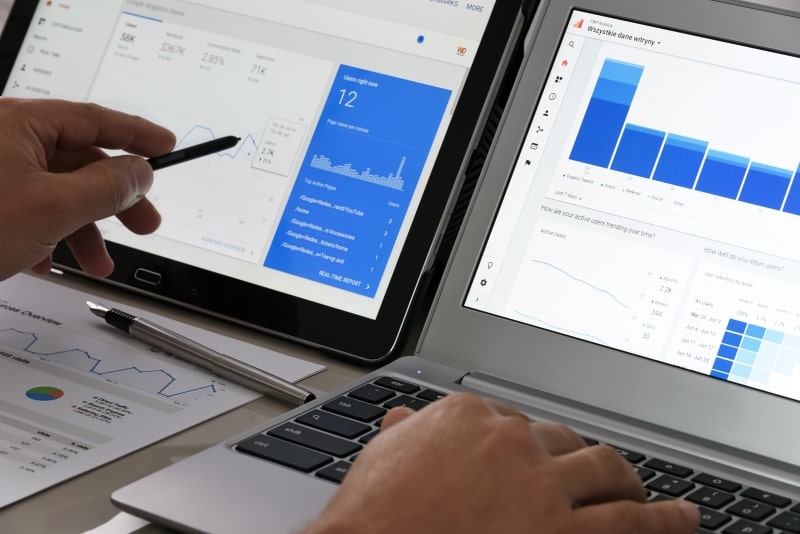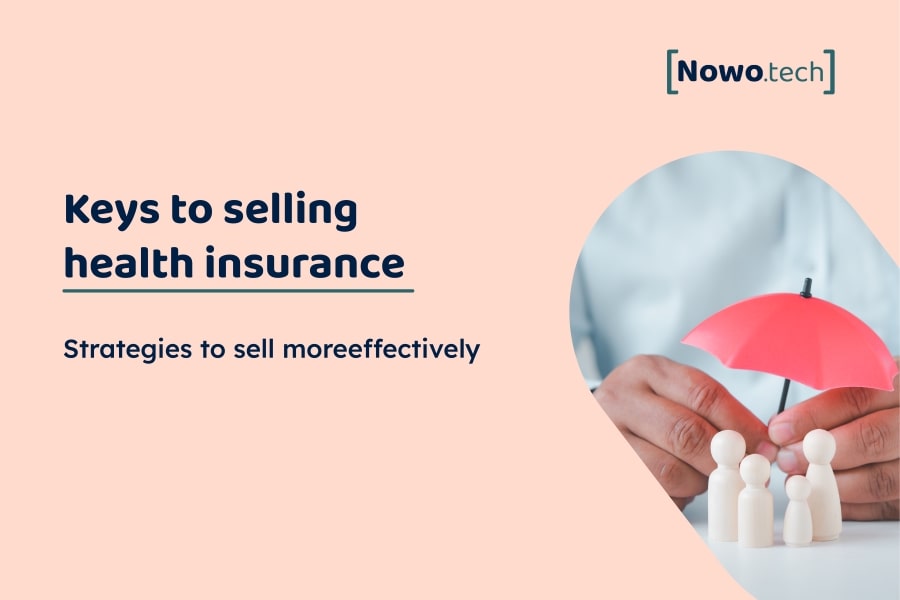In today’s digital world, Google Ads is an essential tool to reach your potential customers and increase online insurance sales. Through Google Ads campaigns, you can reach your target audience in an effective and measurable way. However, competition in the insurance market is high, so it is important to have your Google Analytics pixel configured and periodically review the effectiveness of your marketing strategies.
In this article, we will look at how to sell insurance through Google Ads. In addition, we will provide you with tips and tricks to improve your conversions.
Insurance ads on Google
Google insurance ads are a very effective way to reach your potential customers. By creating relevant and engaging ads, you can increase the chances of users clicking on your ads and visiting your website.
Strategies for creating Google insurance ads
While there is no exact combination that will secure you leads, you can try each of them and see which ones work best for your business model.
Use specific keywords related to insurance
Choosing the right keywords will be key, you can make sure that your ads are shown to people who are searching for information about insurance.
To do this, it is very important that you think like your customers, and define the keywords you think they would type in if they wanted to buy your insurance.
For example: if you want to sell health insurance, you could define words such as [buy health insurance], [health insurance for families]…
Include calls to action or CTAs
By including calls to action in your ads, such as “get instant price”, you can increase the chances of users clicking on your ads.
However, don’t forget that for this CTA (call to action) you will need to have the automatic quote solved. For this, our embedded insurance can be the solution.
Use attractive images
Attractive images can help grab users’ attention and increase the chances of them clicking on your ads.
Insurance campaigns on Google Ads
In addition to creating attractive ads, it is important to create Google Ads campaigns that are strategically focused on reaching your target audience. Some strategies for Google Ads insurance campaigns include:
Target by audience
Use targeting tools in Google Ads to reach a specific audience. Some examples of segmentation could be:
People who have visited your website
Certain geographic areas
Certain age groups, gender…
Use specific keywords
As we have already said, defining keywords with which your ads are displayed will ensure that you will be seen by people who are looking for certain information about insurance.
Use different types of ads
Use different types of ads, such as search ads, display ads and video ads, to reach your target audience in different ways.
This will allow you after a while to review the effectiveness and profitability of each of the formats and decide whether to continue with all of them or to dispense with those that are not giving as many results.
Types of insurance advertising on Google
There are several advertising formats you can use to sell insurance on Google. These would be:
Google AdWords advertising
Google AdWords is a pay-per-click advertising platform that allows you to create ads that appear in Google search results. Using AdWords to sell insurance allows you to reach people who are searching for specific information about insurance.
Google Display Advertising
Google Display advertising allows you to create graphical ads that appear on websites in Google’s display network. By using this strategy, you can reach your target audience as they browse the internet.
Google Shopping Advertising
Google Shopping is an online advertising service that allows you to create ads for products that appear in Google search results. By using Google Shopping to sell insurance, you can reach people who are searching for specific information about insurance.
How to improve insurance conversions on Google Ads
Once you have implemented your Google advertising strategies, it is important to measure and optimize your results to improve your conversions. Some tips for improving your Google Ads conversions include:
Use a relevant landing page
Make sure your landing page is relevant to your ads and offers the information the user is looking for.
User-friendly contact form
Keep in mind that your contact form needs to be very easy to respond to and should ask for minimal information from the user. The fewer steps and fields, the less cumbersome it will be to fill it out.
Use conversion tracking
Use conversion tracking to measure the performance of your ads and keywords, optimize your advertising strategies and make sure you are getting the highest ROI possible.
One way to measure this effectiveness can be thanks to our insurance software, which shows you the campaign, ad and keyword for which you have achieved each lead.
Use A/B testing
Use A/B testing to test different versions of your ads and landing pages to determine which is the most effective.
Keys to selling insurance on Google Ads
Attractive, easy-to-navigate landing page
An attractive and easy-to-navigate landing page can improve the user experience and increase the chances of conversion.
Remarketing and retargeting
Remarketing advertising allows you to reach people who have visited your website but have not made a purchase. This serves as a reminder for those who already know you.
Periodic review of results
It is important to remember that the optimization process is continuous, and you should always be looking for new opportunities to improve and increase your conversions.
Conclusion
Selling insurance through Google Ads is a great way to reach your target audience and increase sales. However, it is important to research and choose the right keywords, create attractive and relevant ads, and use targeting strategies to reach your target audience effectively. In addition, you should measure and optimize your results to improve your conversions.
However, we recommend you to work in parallel on your insurance company’s SEO.
It is also important to provide exceptional customer service and provide valuable information to help them make informed decisions.









